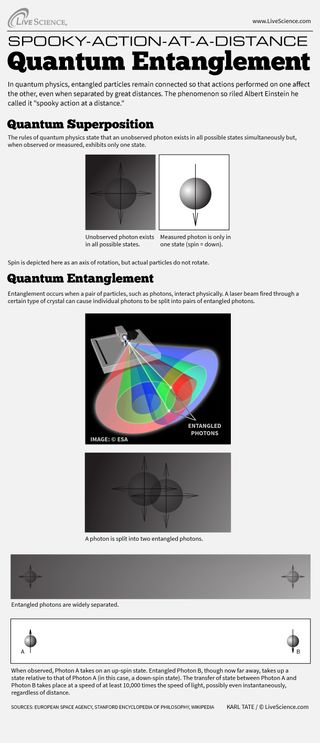US defense department says images of blinking triangular object in the sky and other UFOs were taken by navy personnel in 2019.
Furthering the growing interest in unidentified flying objects, or what the US government refers to as unidentified aerial phenomena (UAP), the Department of Defense confirmed on Thursday that recently leaked photos and videos of UFOs were legitimate and taken by navy personnel.
Sue Gough, a spokesperson for the Pentagon, confirmed to CNN that images and footage of a blinking triangular object in the sky, along with other UAPs that were categorized as a “sphere”, “acorn” and “metallic blimp”, were taken by navy personnel in 2019.
Gough told CNN that the defense department would not comment further on the nature of the footage or share any examinations into them.
“To maintain operations security and to avoid disclosing information that may be useful to potential adversaries, DoD does not discuss publicly the details of either the observations or the examinations of reported incursions into our training ranges or designated airspace, including those incursions initially designated as UAP,” Gough said in the statement.
Last April, the Pentagon released three videos of UAPs taken in 2004 and 2015 that included audio of pilots amazed at the speed of the objects they were seeing. “Look at that thing, dude!” one pilot said. “It’s rotating!”
